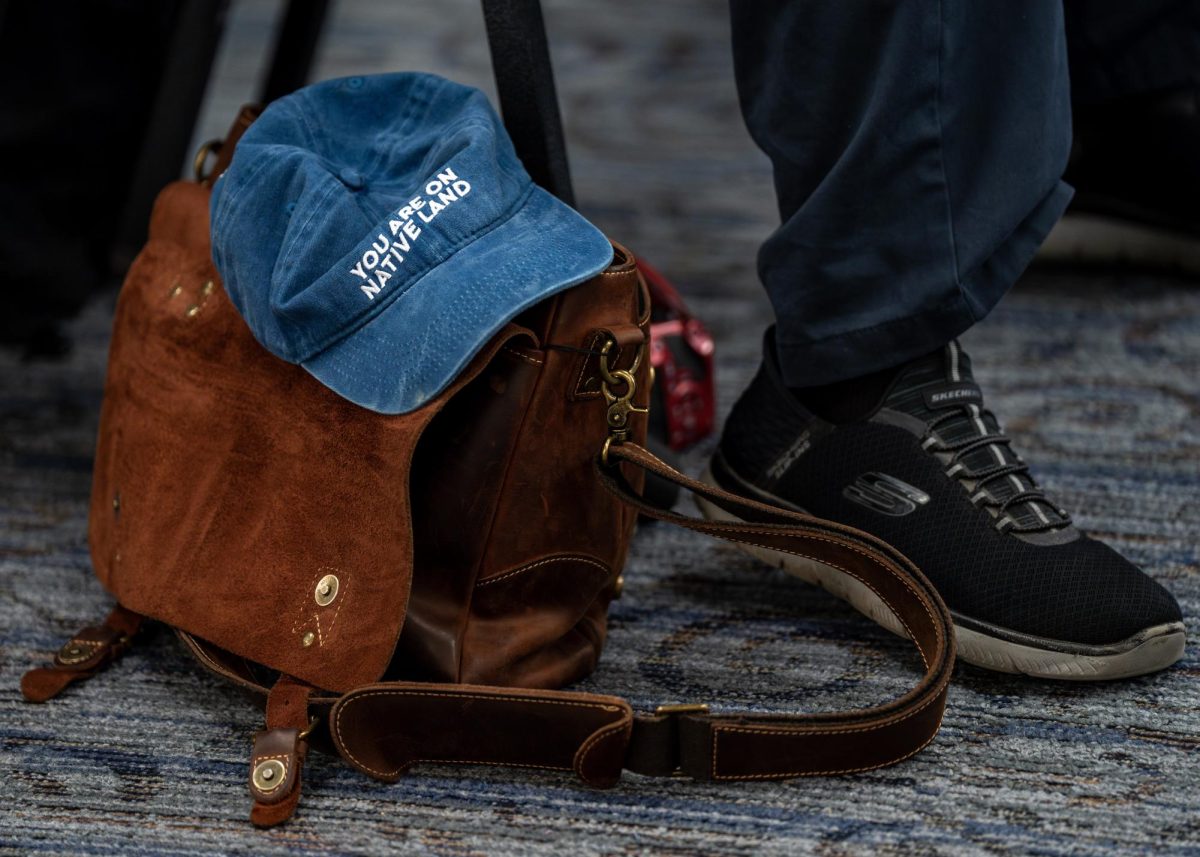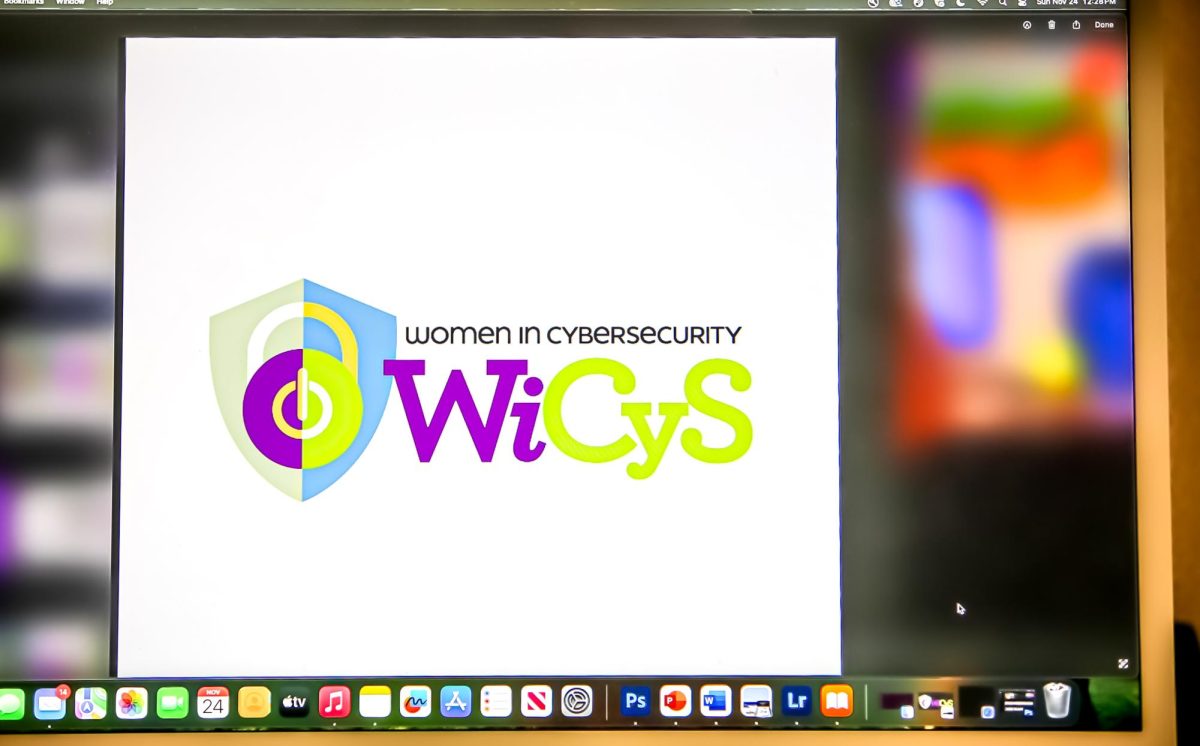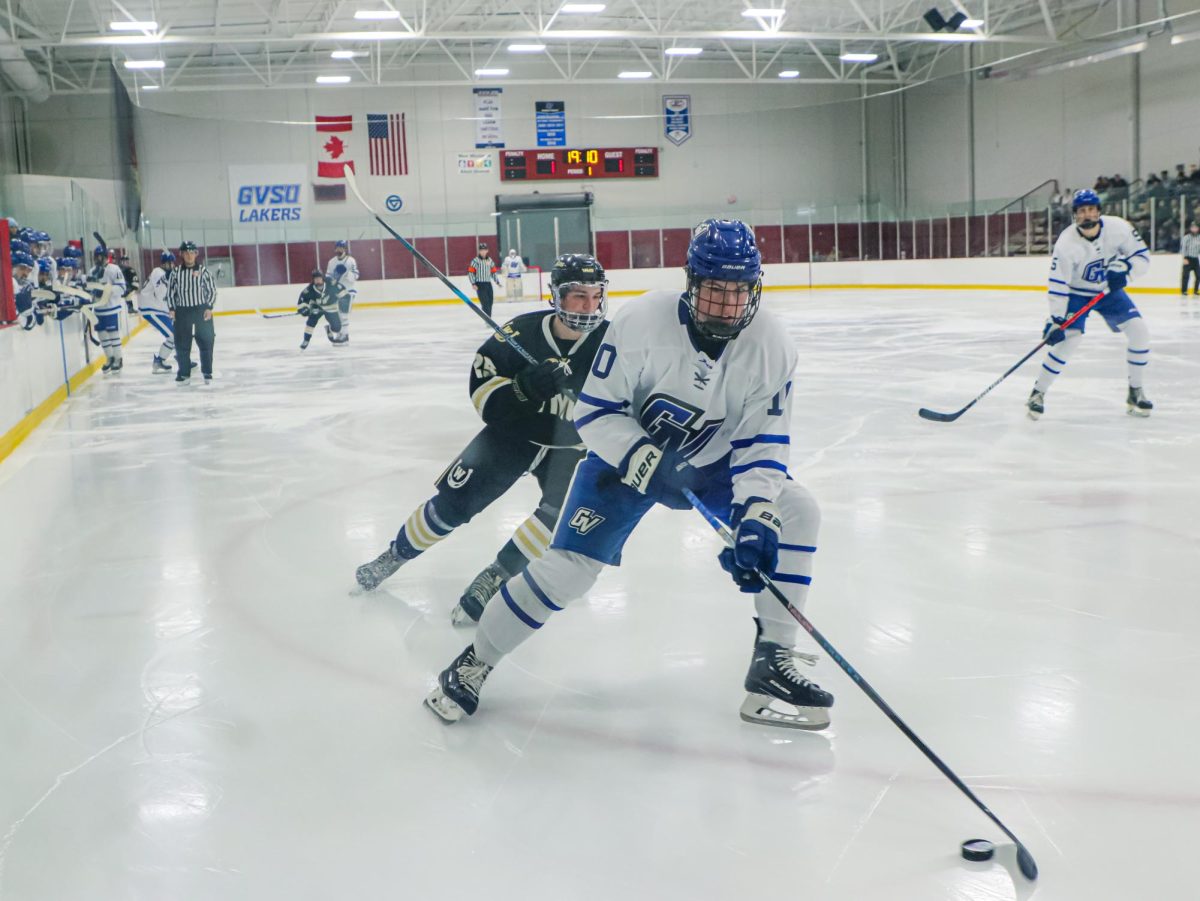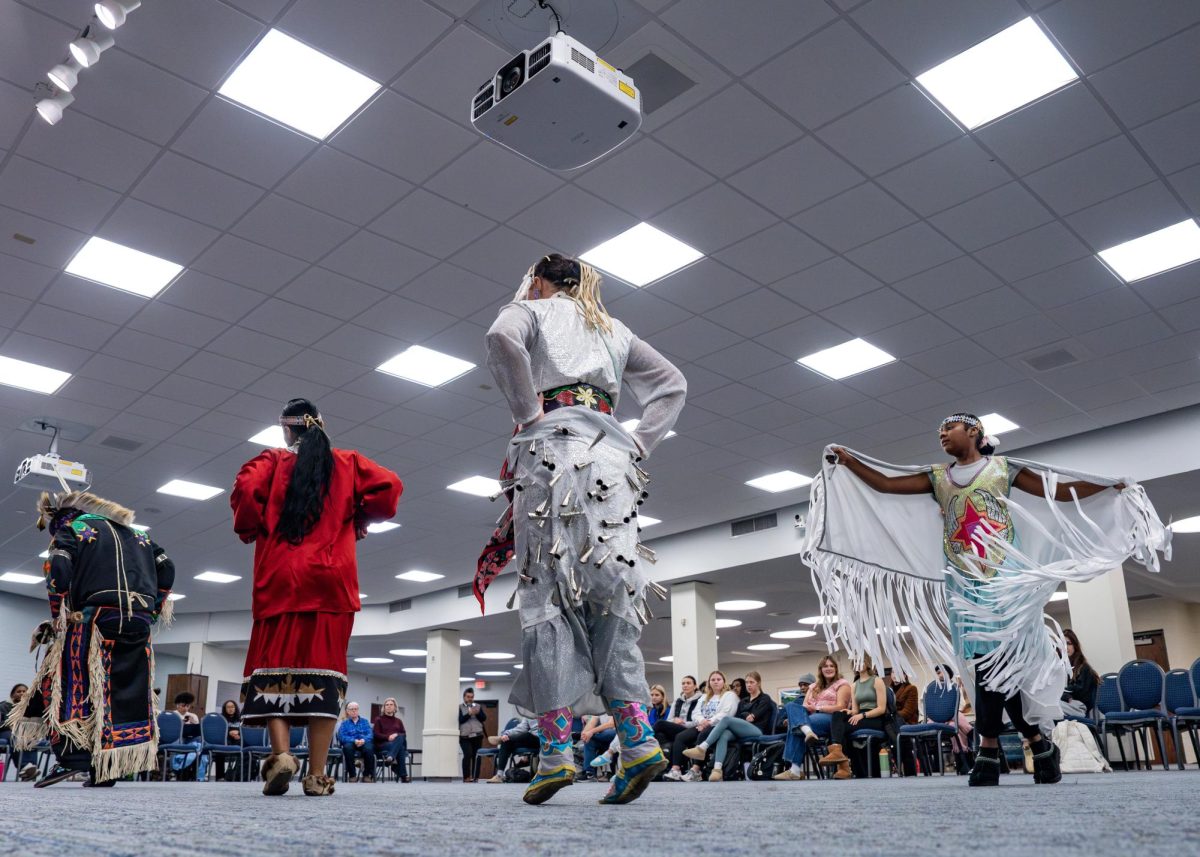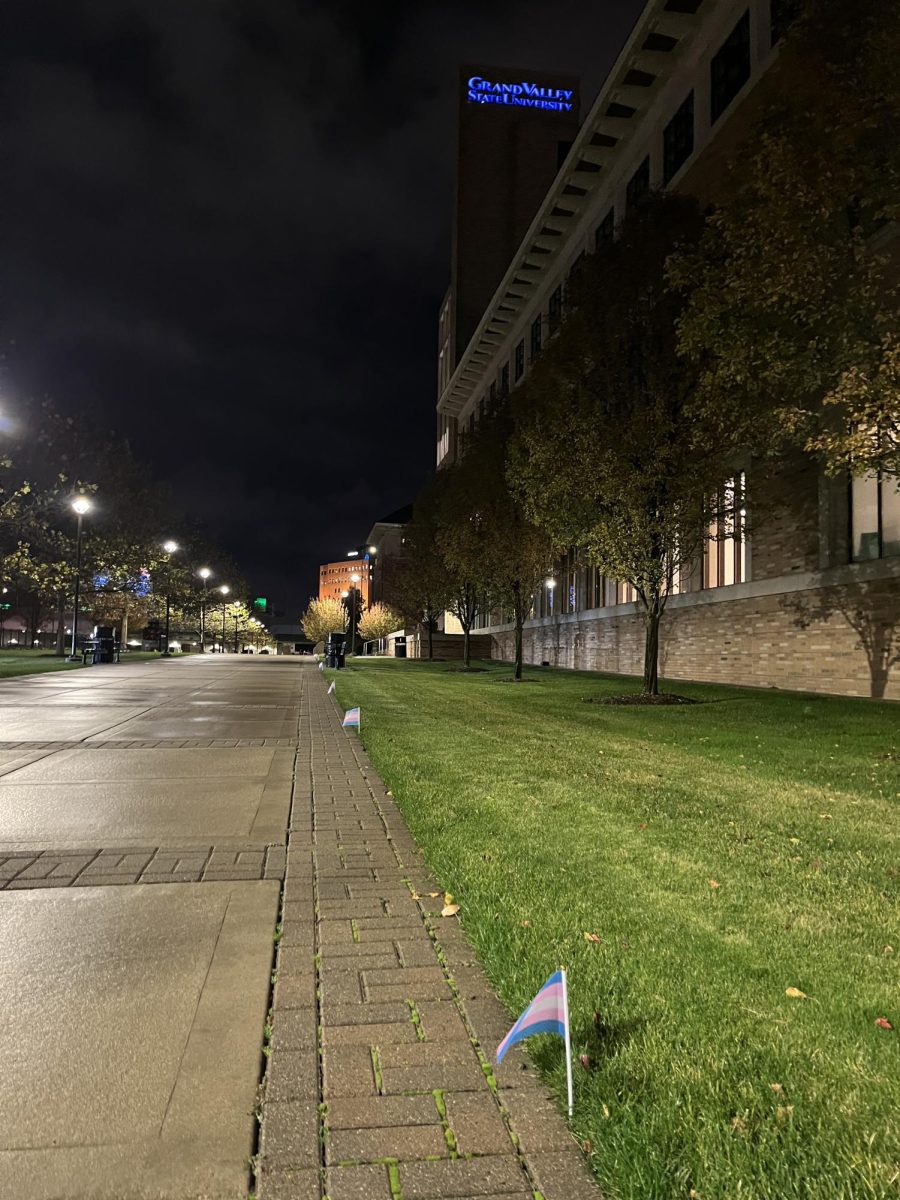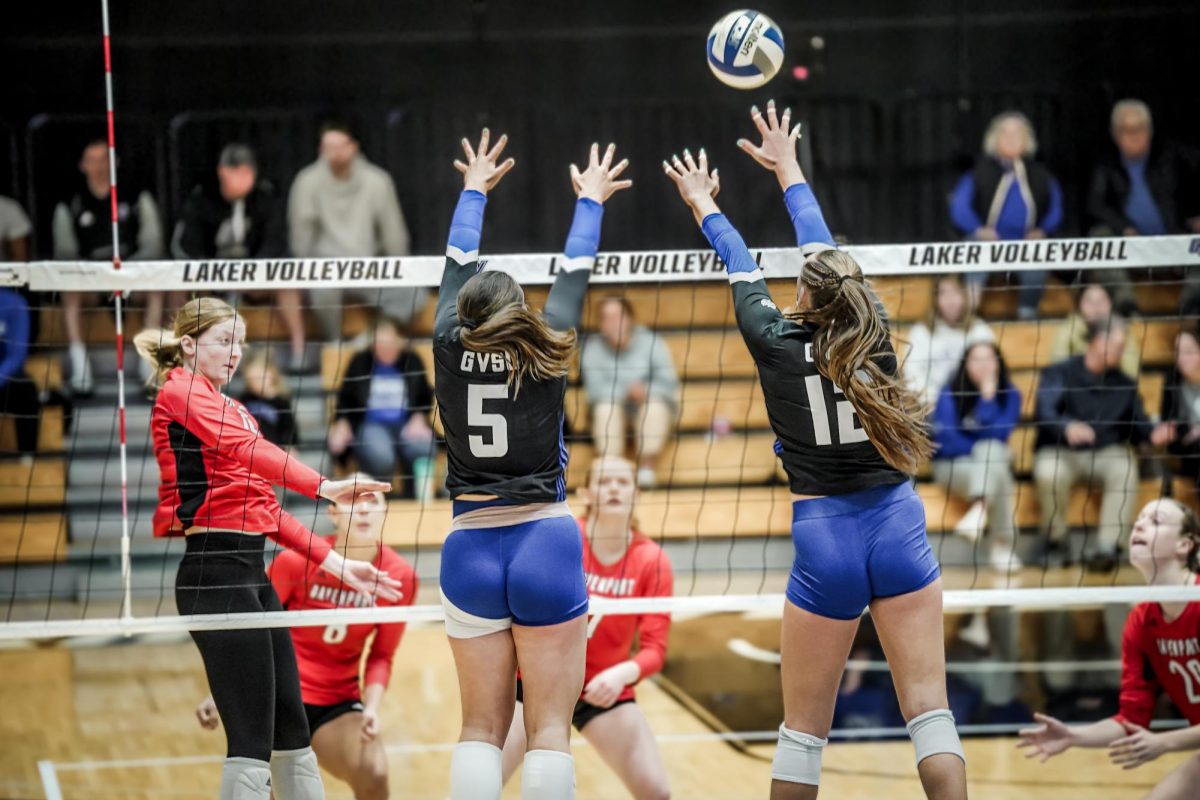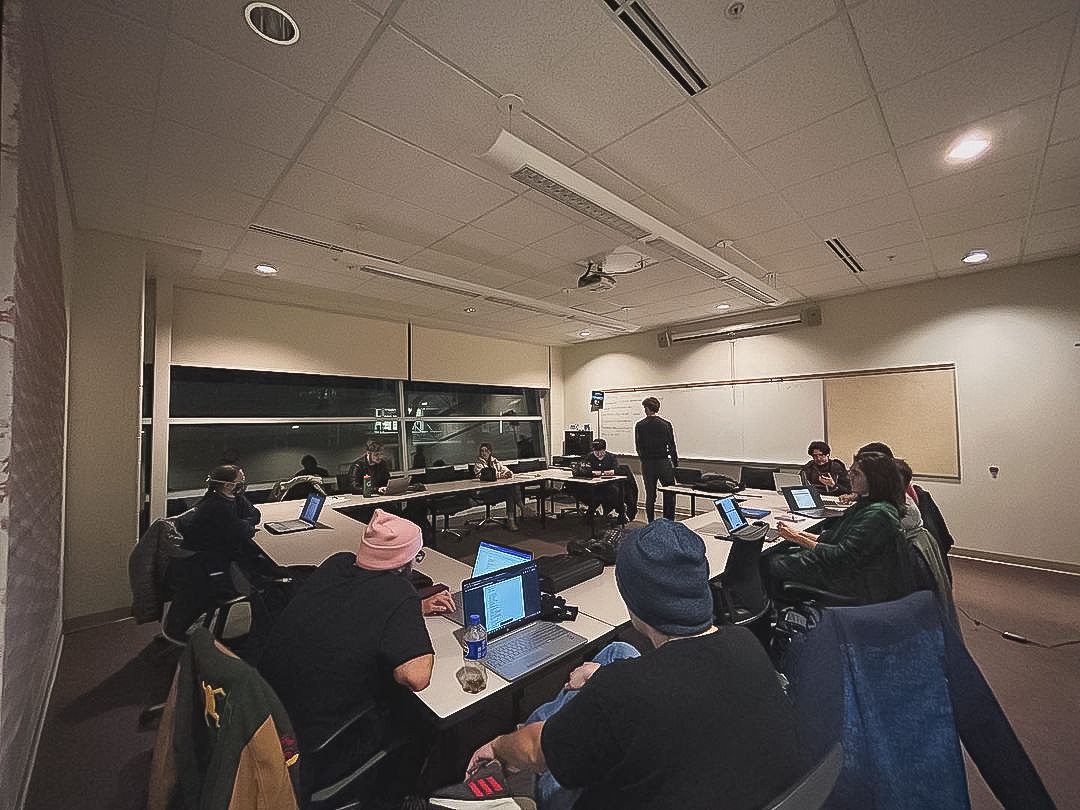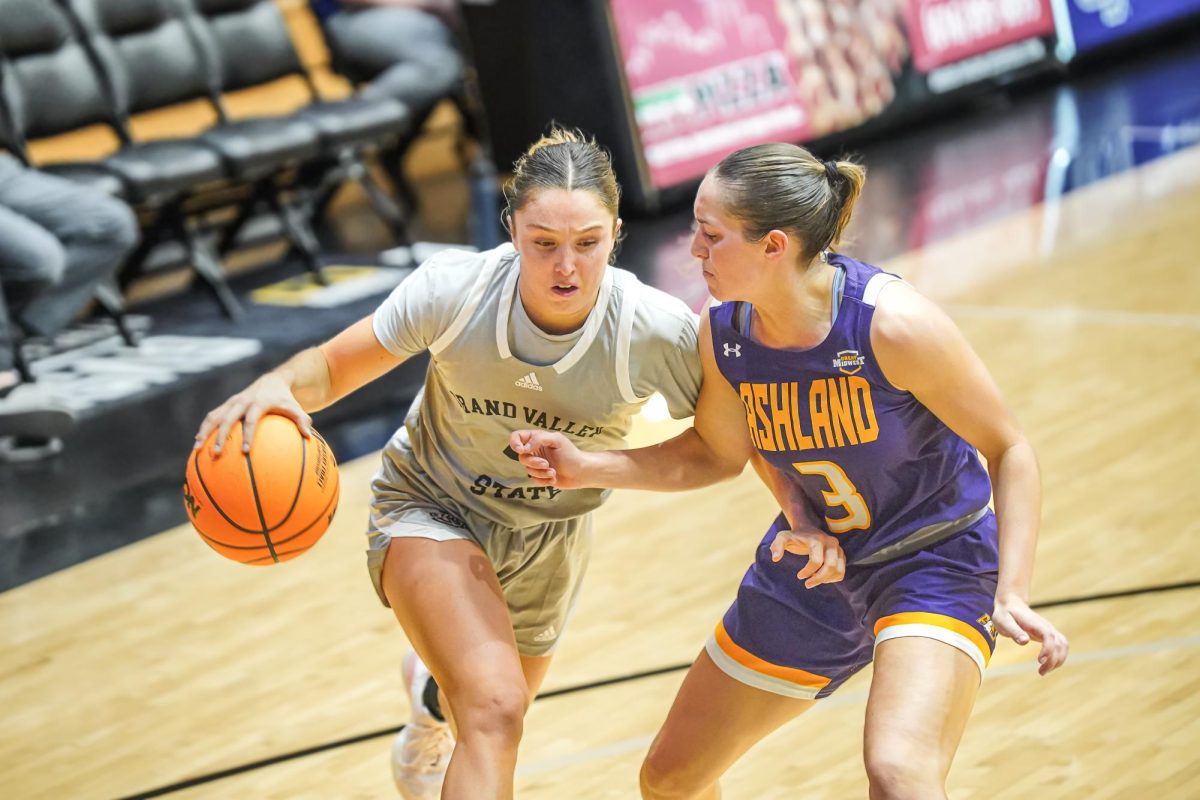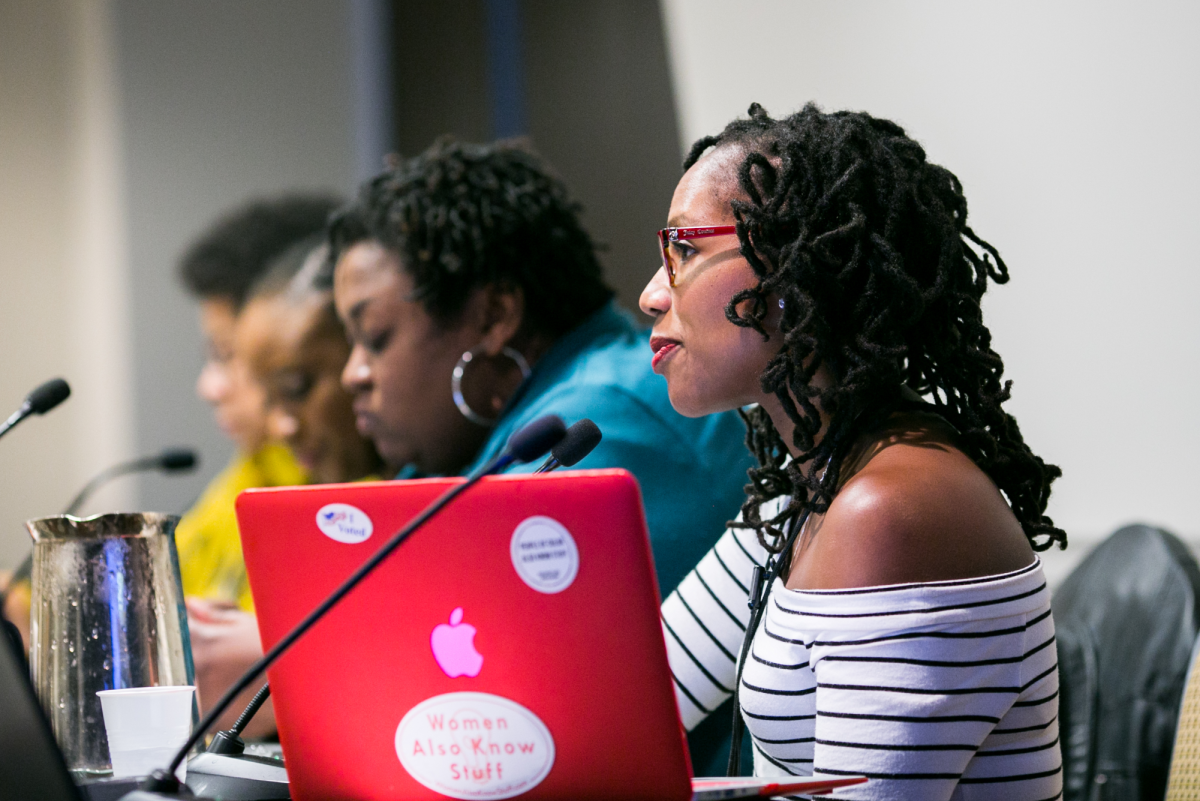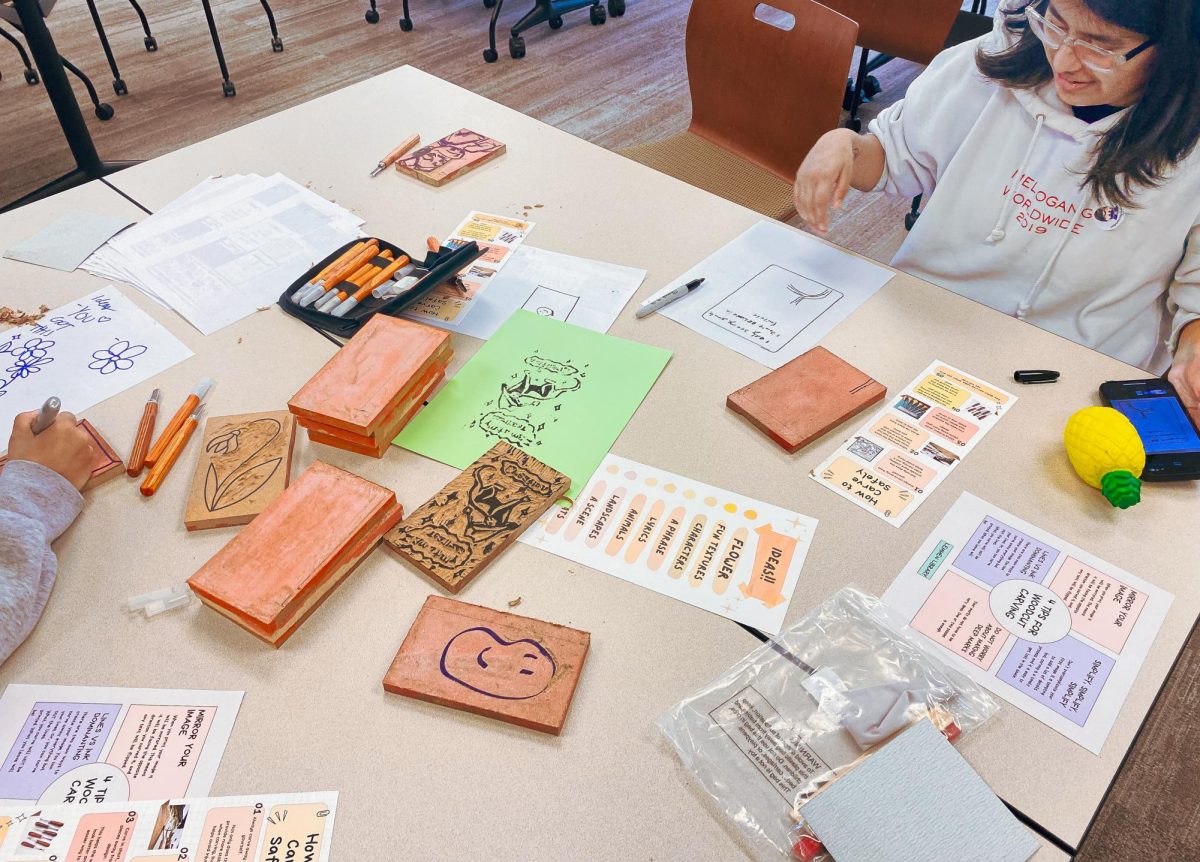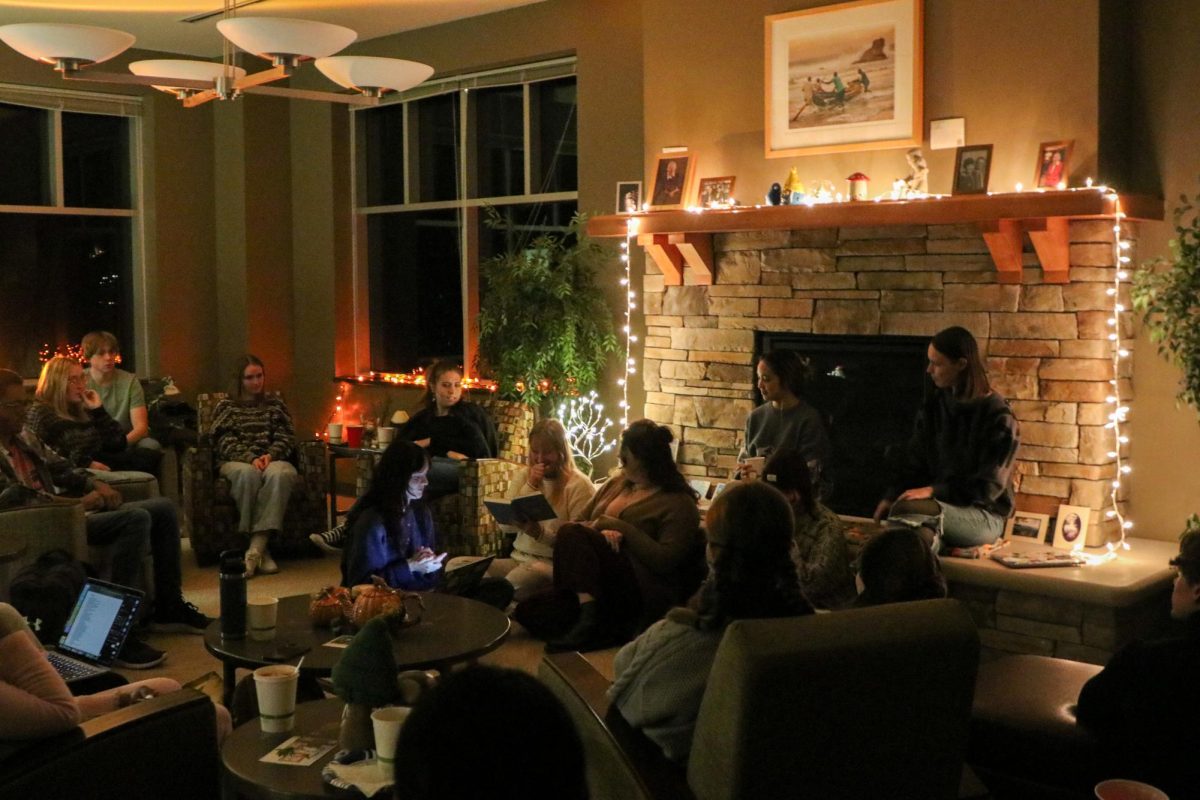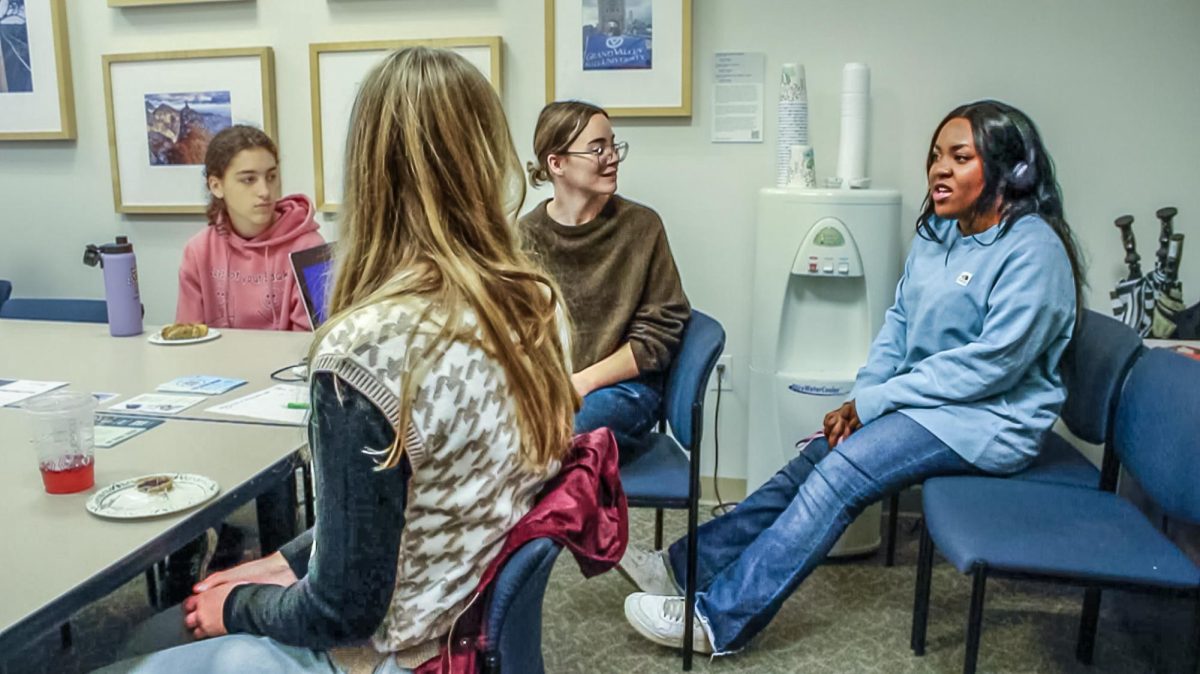Slow it Down
Nov 3, 2013
With all the expansion that Grand Valley State University’s seen even in the last few years, it’s hard not to accuse it’s administrators of having a sort of complex.
This year, GVSU members cut the ribbon for a new library and business building, broke ground for a science lab and marketplace, approved expansion of Kleiner Commons and purchased 15 acres of land for future development. And if we know anything about good old GVSU, it’s likely that there are a few other plans on the back burner.
Many have applauded the university’s recent purchase of land to accommodate growth in health sciences. And sure, we’ll concede that a 66 percent rejection rate probably justifies physical expansion.
But don’t get too far ahead of yourself, GVSU. We’re concerned that you might be becoming a bit too preoccupied with physical size.
Consider this more benign reason to reconsider your growth plans: one of the draws of GVSU is that, while it is a rather large school, it has a small-school feel. While GVSU should keep expanding, the university needs to be careful not to compromise this selling point, as it is one of the biggest selling points for many students. If students wanted to go to a large school, they probably would have chosen to attend Michigan State or the University of Michigan.
Beyond looking at the superficial needs of your students, consider the standards you might be trading in for a shiny metal building. It seems that the university feels a pull to start a new construction project just as soon as the last one ends. Perpetual physical growth is not proportional to improved academic standards, nor does outward expansion equate educational depth. In fact, we think it might pose a distraction from your primary mission (unless said mission has changed).
We can’t help but wonder if your inability to keep the ground level is due to a feeling of inadequacy. MSU has Division I sports legacy, Michigan has the research-first professors, so GVSU waves around its metal beams and futuristic glass windows to catch even a blink.
You don’t have to compete this way. Sure, it’s probably easier to prove your worth and potential physically, but let’s show them what Laker minds can do.
Don’t use physical growth as a cheap cover-up for academic stagnancy. If your concern is appearing complacent with your size or stagnant in your growth, show the academic world the intangible advancements you’re making. We assume that academic depth is far more valued, commended and respected than physical breadth.
Based on President Thomas Haas’ Accountability Reports, there’s not much that we can point to as far as educational incompetence or areas in need of improvement. However, experience as students in the humanities, sciences and social sciences have left us wanting greater challenges, tightened curricula and more stringent monitoring of the people allowed to “teach” us. If you need direction as to what needs improvement, just ask.
In the meantime, be sure to challenge your students and faculty to grow academically. Let’s focus on depth before breadth.




